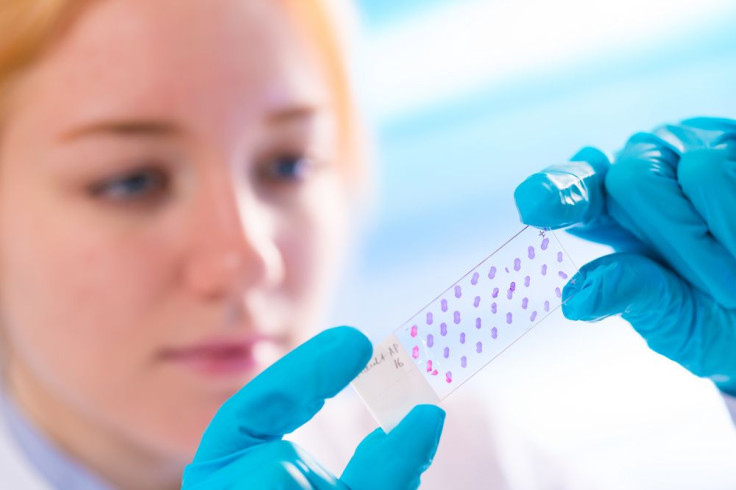Breast Health: Breast Cancer Biopsies Often Misdiagnosed, May Require A Second Opinion

Over one and a half million American women undergo a breast biopsy each year. Sadly, a new study finds this leaves plenty of room for error. Less than half the time did the pathologists’ diagnoses agree with the correct diagnosis in cases of atypical ductal hyperplasia. In the real world outside of this experiment, such misdiagnoses would lead to either overtreatment or potentially fatal undertreatment. Neither scenario is particularly happy.
Most women who are diagnosed with breast cancer usually follow one of two paths. Either she detected a lump in her breast by herself or she had mammogram and it came back "abnormal." In either case, her doctor would almost immediately remove a small piece of breast tissue for testing. This is called a biopsy, and it is the moment when many important decisions about treatment or surveillance will be made.
Who makes this all-important call? A pathologist. These doctors spend their time examining tissues, blood, urine, and other bodily fluids in a lab, checking for disease by way of chemistry and molecular analysis.
Home Runs
For the current study, a team of researchers from universities across the nation wanted to understand how accurate, generally, are pathologists when it comes to diagnosing breast biopsies. After inviting many doctors to participate, 115 pathologists agreed to join the study, for which these doctors collectively made a total of 6,900 diagnoses. The test tissue samples included 23 cases of invasive breast cancer (where the cancer already has spread into nearby breast tissue); 73 cases of ductal carcinoma in situ (DCIS, a common non-invasive cancer); 72 cases of atypical hyperplasia (or atypia, a high-risk precancerous condition); and 72 benign cases. Three experts worked together to establish the correct diagnosis for each case.
So what happened? Happily, 96 percent of the time the pathologists correctly diagnosed the cases of invasive carcinoma.
More generally, their batting average was less winning — the 115 pathologists correctly diagnosed a sample about three times out of every four. They made the correct diagnosis for 84 percent and 87 percent, respectively, of all cases of DCIS and benign lesions. However, in samples of atypia, they achieved only a 48 percent correct opinion rate.
“Given our findings, clinicians, and patients may want to obtain a formal second opinion for breast atypia,” wrote the authors in their conclusion. Interestingly, pathologists employed in larger group practices where a higher volume workload is common did better overall.
Source: Elmore JG, Longton GM, Carney PA, et al. Diagnostic Concordance Among Pathologists Interpreting Breast Biopsy Specimens. JAMA. 2015.
Published by Medicaldaily.com



























